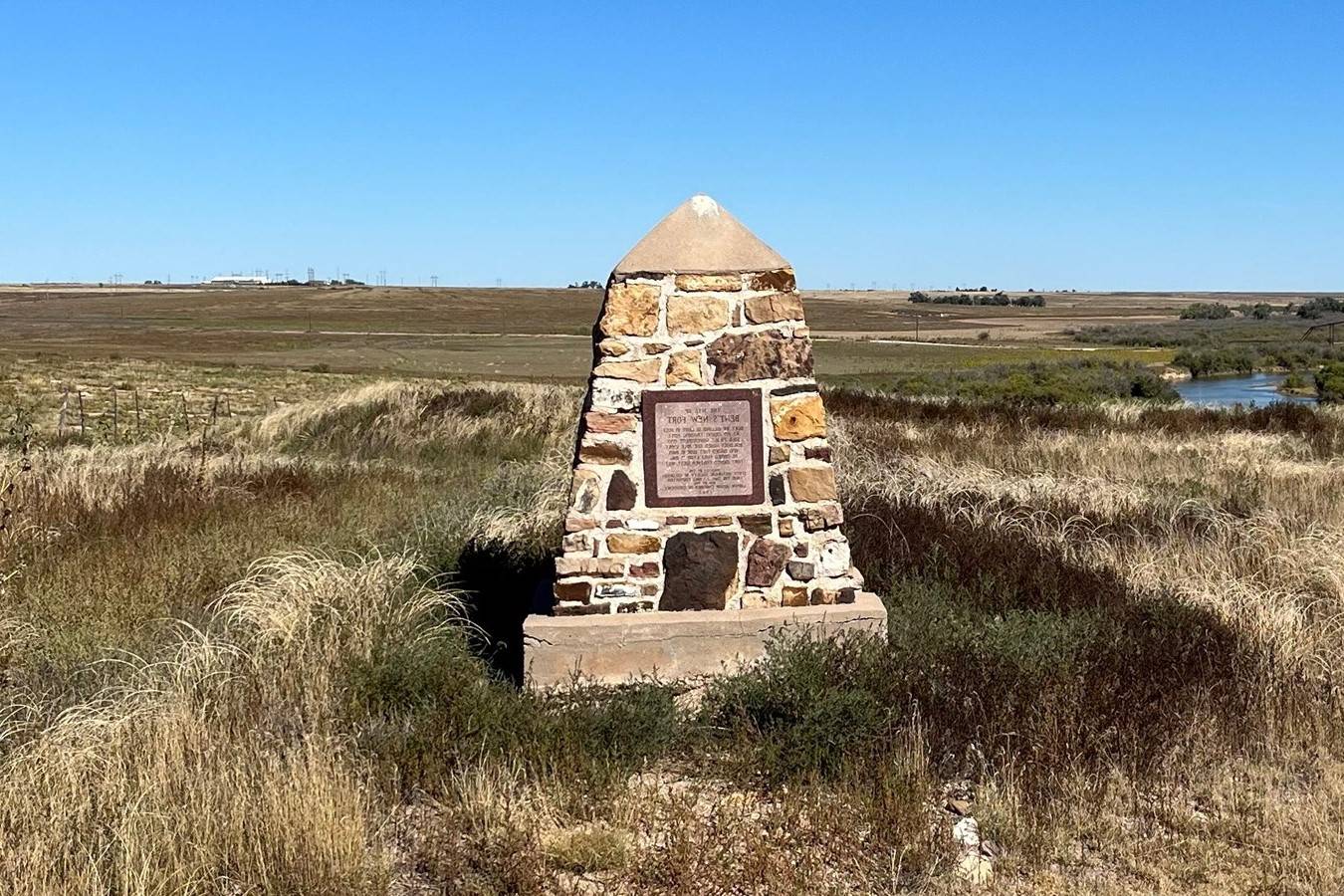Lost Trading Posts Of Colorado’s Fort Lyon

Have you ever wondered about the lost trading posts of Colorado's Fort Lyon? This historic site holds stories of the past, where traders, settlers, and Native Americans once exchanged goods and cultures. Located near the Arkansas River, Fort Lyon played a crucial role in the 19th century as a hub for commerce and communication. Imagine the bustling activity as traders bartered for furs, tools, and other essentials. Today, remnants of these trading posts whisper tales of a bygone era, inviting history buffs and curious travelers alike to explore their mysteries. Whether you're a history enthusiast or just curious about the past, Fort Lyon offers a glimpse into a time when the American frontier was alive with trade and adventure. Discover the rich tapestry of stories waiting to be uncovered in this fascinating corner of Colorado.
The Historical Significance of Fort Lyon
Fort Lyon, located in southeastern Colorado, holds a rich history dating back to the mid-19th century. Originally established as a military post, it played a crucial role in the Indian Wars and later served various purposes, including a veterans' hospital. The area around Fort Lyon was once bustling with trading posts, which were vital hubs for commerce and cultural exchange. Let's take a closer look at some of these lost trading posts.
1. Bent's Old Fort
Bent's Old Fort was a significant trading post along the Santa Fe Trail. This adobe fort was a bustling center for trade between Native Americans, trappers, and settlers. It offered a variety of goods, from furs to manufactured items, and was a meeting place for diverse cultures. The fort's strategic location made it a key player in the region's economic and social landscape.
2. Boggsville
Boggsville, a small settlement near Fort Lyon, was another important trading post. It was established by Thomas Boggs and played a pivotal role in the cattle trade. The settlement included a store, blacksmith shop, and homes, making it a vibrant community. Boggsville was also notable for its connections to prominent figures like Kit Carson, who lived there for a time.
3. Fort Wise
Fort Wise, later renamed Fort Lyon, was initially established as a military post but quickly became a center for trade. Located along the Arkansas River, it facilitated commerce between settlers and Native American tribes. The fort's presence attracted traders and merchants, contributing to the area's economic growth. Its strategic location made it a vital link in the trade network of the region.
4. Las Animas
Las Animas, a town near Fort Lyon, was a bustling trading hub in the late 19th century. It served as a supply center for nearby ranches and farms, offering a wide range of goods and services. The town's proximity to the railroad further boosted its importance as a trading post. Las Animas was a melting pot of cultures, with traders and settlers from various backgrounds contributing to its vibrant atmosphere.
5. Granada
Granada, a small town not far from Fort Lyon, was another key trading post in the region. It was strategically located along the Santa Fe Trail, making it a popular stop for traders and travelers. The town offered essential supplies and services, catering to the needs of those passing through. Granada's trading post played a significant role in the local economy and helped shape the area's development.
6. Timpas
Timpas, a lesser-known trading post near Fort Lyon, was an essential stop for travelers on the Santa Fe Trail. It provided a place for rest and resupply, offering goods and services to those journeying through the region. Timpas may not have been as prominent as some other trading posts, but it was a vital link in the network of commerce that connected the area.
7. La Junta
La Junta, a town that grew around a trading post, became a significant center for trade and commerce. Its location along the Arkansas River and proximity to the railroad made it an ideal spot for merchants and traders. La Junta offered a wide range of goods and services, attracting people from all walks of life. The town's trading post played a crucial role in the economic development of the region.
8. Fort Garland
Fort Garland, though primarily a military post, also served as a trading hub in the area. It was strategically located to facilitate trade between settlers and Native American tribes. The fort's presence attracted traders and merchants, contributing to the economic growth of the region. Fort Garland's trading post was an essential part of the local economy, providing goods and services to those in the area.
Rediscovering Fort Lyon's Legacy
Fort Lyon's trading posts hold a rich history that offers a glimpse into Colorado's past. These posts were more than just places of commerce; they were hubs of cultural exchange and community building. Exploring these sites today, one can imagine the bustling activity and diverse interactions that once took place. The fort itself, with its strategic location, played a crucial role in the development of the region. While many of the original structures no longer stand, the stories and significance remain. Visiting Fort Lyon and its surroundings provides a unique opportunity to connect with history and appreciate the complex tapestry of events that shaped the area. Whether you're a history buff or just curious, the lost trading posts of Fort Lyon offer a fascinating journey into the past, reminding us of the enduring impact of these early centers of trade and interaction.

